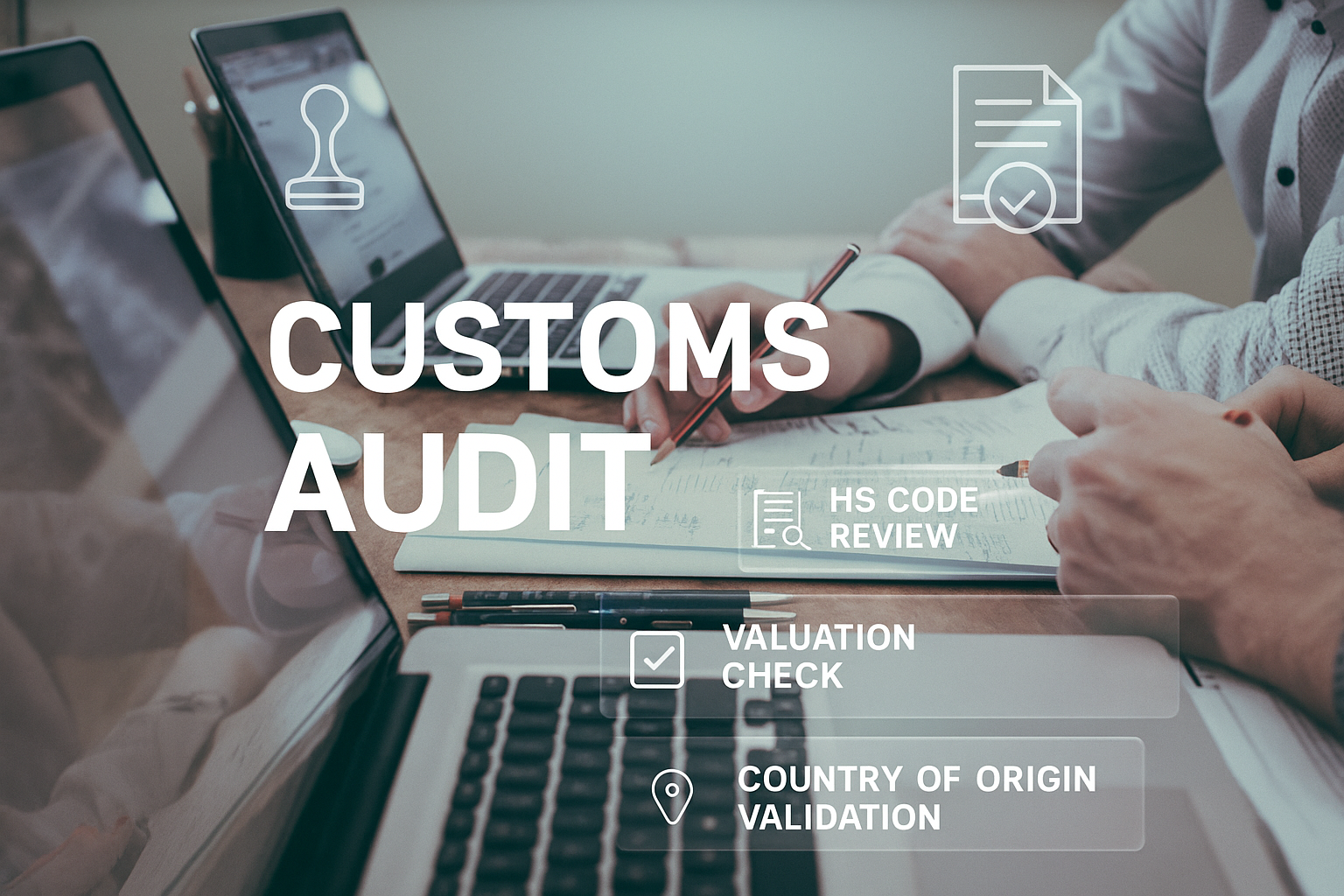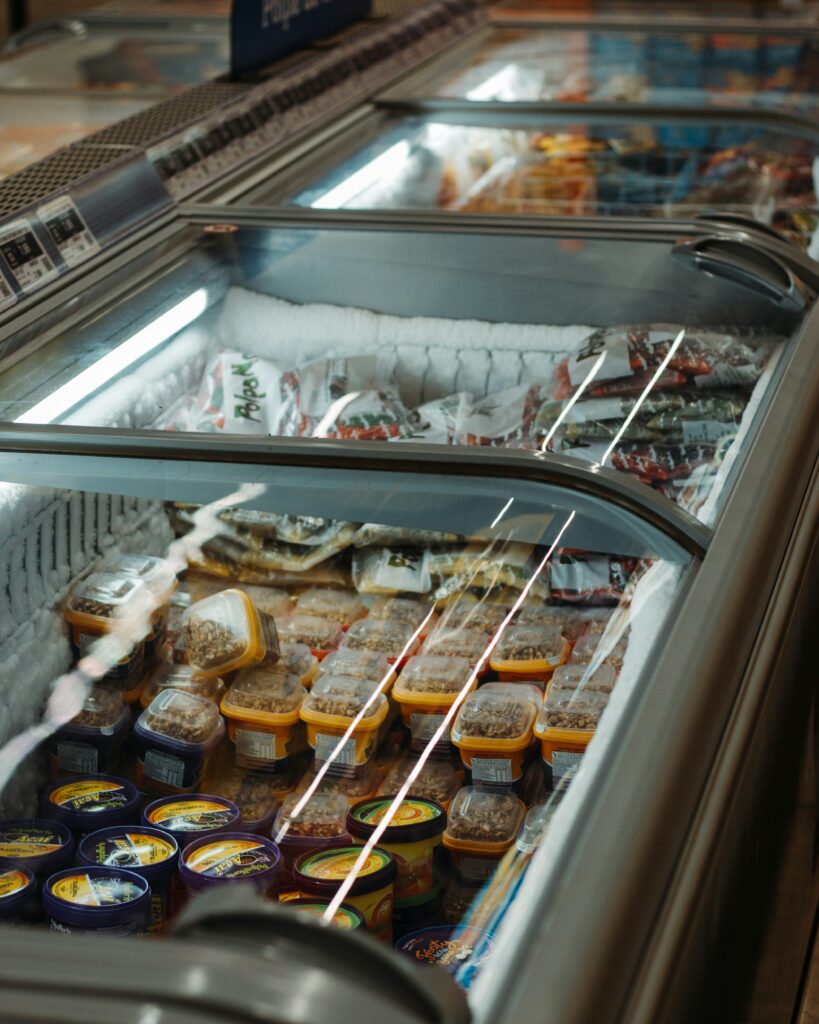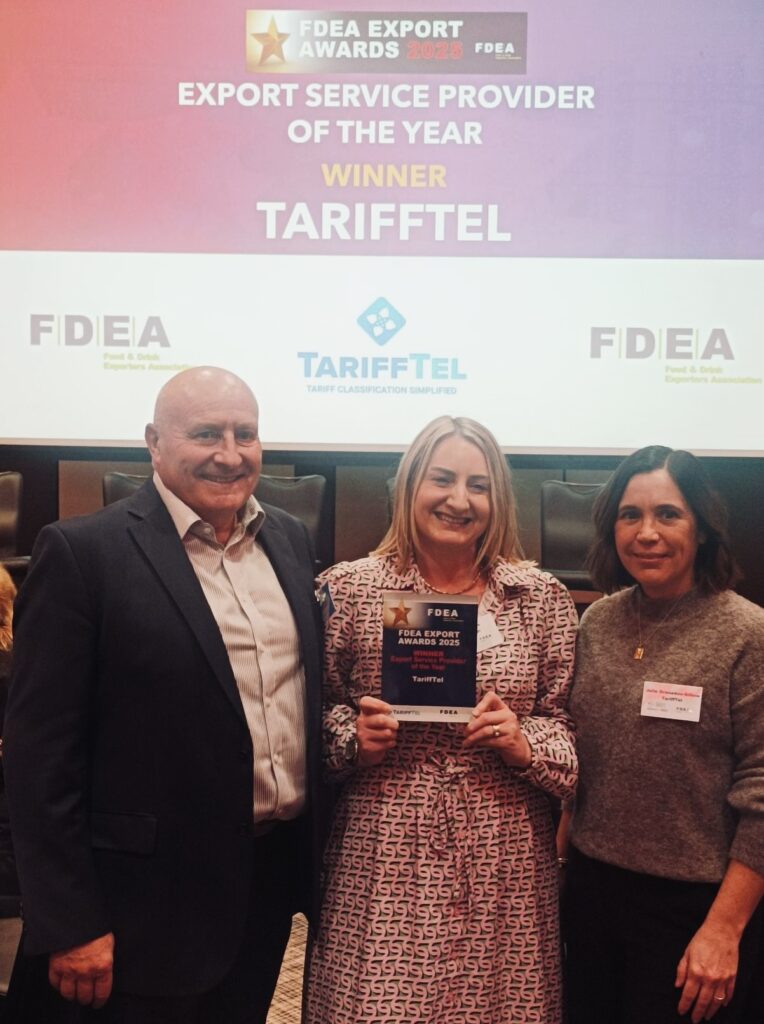Customs audits are coming. Is your business ready?
Topics

The UK government has signalled a serious shift in customs enforcement. With the 2024 Autumn Budget announcing 5,000 new customs compliance staff and the March 2025 Spring Statement adding another 500, HMRC is making one thing clear: audits are not just possible, they are imminent.
These audits come with little to no warning, and when they arrive, customs officers will expect customs records that are accurate, compliant and defensible. For many businesses, this means pulling together years of documentation under pressure, answering detailed questions about classification, origin and valuation. It also means proving that due care was taken every step of the way.
What happens during a customs audit?
An HMRC customs audit typically involves a thorough review of your import documentation over a retrospective period. Often up to three years. Auditors assess your classification accuracy, valuation methodology, proof of origin and duty declarations. They may also examine contracts, supplier correspondence and commercial invoices to ensure consistency.
This process is resource intensive. It pulls your compliance team away from day-to-day operations and if discrepancies are found, it can result in penalties, back duties, or even withdrawal of customs authorisations. It’s a significant operational and reputational risk and one that’s becoming increasingly common.
Past HMRC customs audits we can learn from
HMRC is increasingly targeting small and medium-sized enterprises, particularly where customs revenue has dropped. The audits focus on misclassification, improper valuation and origin documentation, highlighting the importance of robust internal systems. This especially puts businesses relying on manual processes and spreadsheets under pressure to recall information instantly.
One such example is Gourmet Classic Ltd, a UK-based food service company producing cooking wines, faced a legal challenge from HMRC regarding the excise duty on their products. HMRC contended that excise duties should apply unless the products were proven to be used as food ingredients. The First-Tier Tax Tribunal ruled in favour of Gourmet Classic, asserting that cooking alcohol deemed unpalatable as a beverage qualifies as a foodstuff if used as an ingredient, thus exempting it from excise duty. This case highlights the complexities in classifying products that straddle categories.
regarding the excise duty on their products. HMRC contended that excise duties should apply unless the products were proven to be used as food ingredients. The First-Tier Tax Tribunal ruled in favour of Gourmet Classic, asserting that cooking alcohol deemed unpalatable as a beverage qualifies as a foodstuff if used as an ingredient, thus exempting it from excise duty. This case highlights the complexities in classifying products that straddle categories.
Food and drink classification can be complex. Here we go into detail on how to the solve the challenges in food and drink classification.
Misclassification can also come down to seemingly minor mistakes which if aren’t caught, can have significantly regulatory impact. One UK business encountered issues when a garment labelled ‘Skye Body Suit Champagne’ was misclassified by a customs agent as ‘champagne’—the alcoholic beverage. This misclassification led to complications, as exporting champagne requires specific licenses and adherence to stringent legal requirements. The error was identified and corrected during a routine check by a customs consultant, but it underscores how seemingly minor mistakes can have big repercussions and the importance of routine checks either by your own team, or an external team.
Better safe than sorry: Best practice for compliance
The best defence is preparation. Here’s how to ready yourself for an audit.
Review classification accuracy: Ensure every HS code used is up-to-date and justified, particularly for complex products.
Maintain audit-ready documentation: Keep a full trail of logic, references and historical versions to back every classification. Our TariffTel system stores documentation for easy recall.
Monitor regulation changes: Subscribe to updates on trade rule changes like CBAM or origin shifts and adapt your systems accordingly. Have a process to keep up to date with tariff changes.
Invest in training: Ensure your team understands the regulations they’re working with. Classification is a legal obligation, not an outsourced task.
Run internal pre-audits: Periodically check your records and processes to identify and correct risks before HMRC does.
How TariffTel support your compliance
TariffTel was designed for this reality. Our classification system combines automation and expert logic to deliver 99% accuracy, complete documentation and duty rate assurance. We keep you up to date with the very latest updates and regulatory changes affecting your products. You get scalable compliance that keeps you ahead of audits, not scrambling during them.
And if you’re unsure where you stand?
Want to know how compliant your business really is? Take our free Compliance Quiz to test your readiness and uncover areas for improvement. Whether you’re confident or cautious, the insights can help guide your next steps.
When it comes to audits, it’s always better to be safe than sorry.
Prepare now. Get in touch to find out more about how TariffTel ensures your customs classification is fully compliant.
Other Useful Resources
How does preparation and packaging impact food and drink tariff codes?
Tariff classification for food and drink products is rarely simple. Exporters dealing with composite goods, processed in...
Why should classification be considered a strategic business decision?
Customs classification is a business-critical decision that not only shapes duty costs, directly impacting profit margin...
TariffTel wins at the FDEA Export Awards 2025
We're thrilled to share that TariffTel has been named Export Service Provider of the Year at the FDEA Export Awards 2025...




